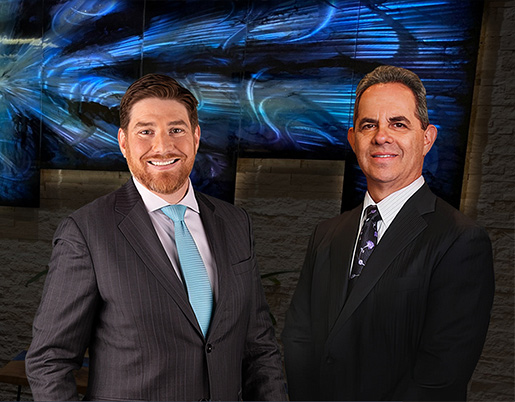Volvo will be contacting the owners of certain 2016-2017 XC90, S90, XC60, V60 Cross Country, V60, S60 Cross Country, S60, and S60 Inscription vehicles regarding a problem affecting the front passenger seat belt. According to the defect report, the seat belt buckle was not punched correctly and could separate from the bracket. If the seat belt separates, the front seat passenger may not be adequately restrained in the event of a crash,
Dealers will inspect the front passenger seat belt buckle stud and place it as necessary. For more information about the problem, owners are asked to contact Volvo customer service at 1-800-458-1552. Volvo’s number for this recall is R89708 and the NHTSA campaign number is 16V-798.






